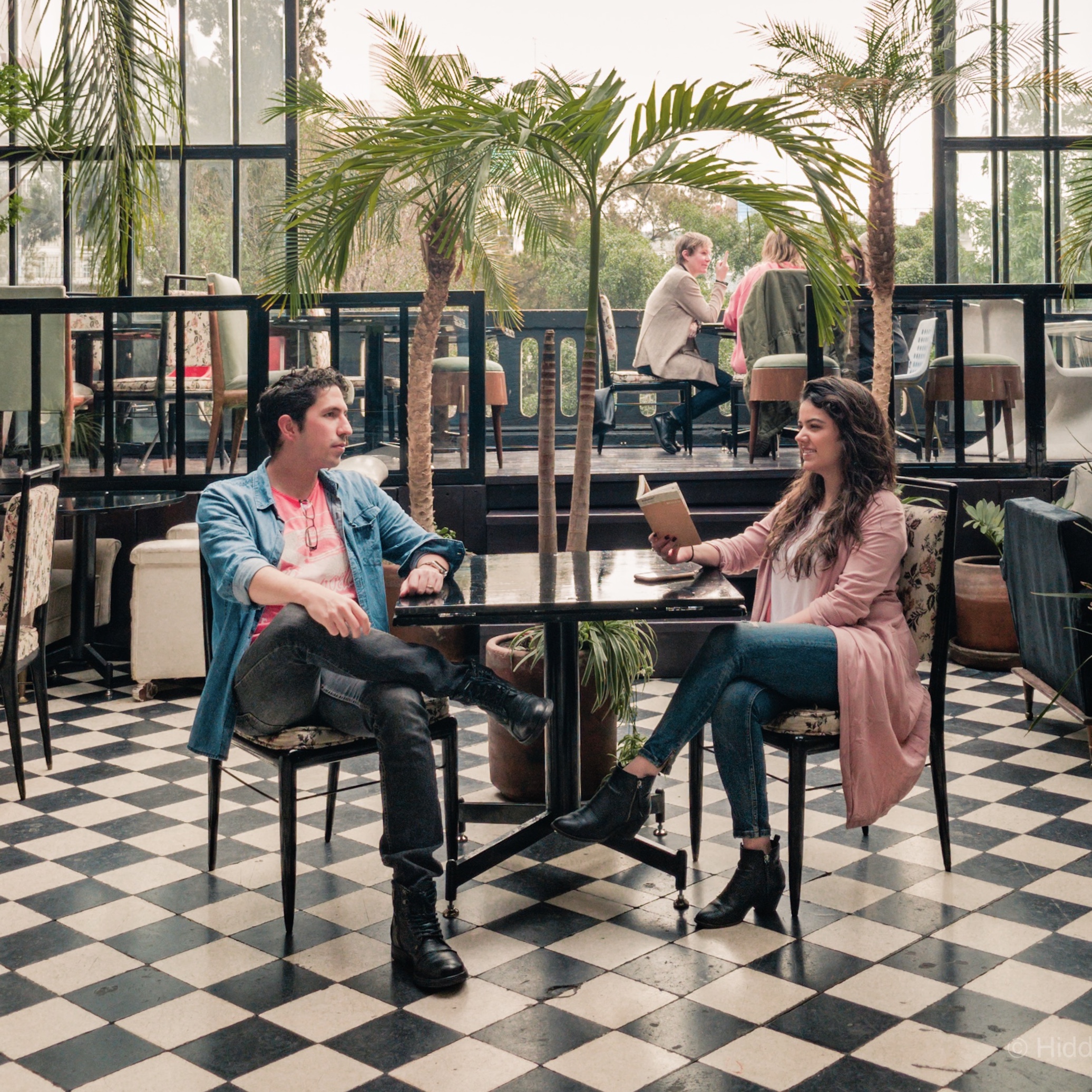
Mineral del Monte, once known as Maghotsi (meaning ‘highest path’ in Otomí) or Real del Monte, as the Spanish named it for its metals and minerals and for being under the Royal Crown’s jurisdiction, is one of the ‘Magic Towns of Mexico’.
A picturesque little place surrounded by a rich mining history that dates back to colonial times, when the Spanish arrived in pursuit of its gold and silver, and later on, after the Mexican Revolution, the beginning of the British era.
Pedro Romero de Terreros’ descendants –a Spanish merchant that owned some of the mines– made a contract with Cornwall engineers to reactivate de mines using the latest technology (drills, vapor-conducted machinery, etc.).
Pedro Romero de Terreros became the wealthiest man in the Kingdom of Spain –he even extended loans to the King– thanks to the minerals of Mineral del Monte.
Along with what is considered to be the first signs of the Industrial Revolution in Latin America, the British left an important heritage in the town’s culture: the traditional ‘pastes’ (pasties), the football legacy that now runs deep in the veins of every person born in Hidalgo, and the beautiful architectural touches that make the town so magical.
Walk through its cobblestone streets and get to know Mineral del Monte’s mining heritage. Here, you’ll have the chance to admire some silver pieces and actually walk in the footsteps of a miner, from their work environment to their go-to dish.
Museo del Paste
Not only will this museum give you a great panorama of the history of Mineral del Monte, but you’ll also have the chance to make your own ‘paste’ (pasty). A dish brought by the English, along with all the technology needed to extract the metals from the mountains in less time.
Miners needed a clean way to eat, without them having to wash their hands, so pasties became their go-to meal. They would only grab the folded edge and throw it away once they finished. Clever, isn’t it?
The original flavors, once adapted to the ingredients they could find in this land, were: potato with cilantro, onion and hot pepper & beans with chorizo and hot pepper. Now, you can find every filling you can think of: mole, pineapple…


El Mirador
The street on the left side of the church will take you up to a lovely viewpoint, where you can see the british/colonial style houses with their red gable roofs and the narrow and steep cobblestone streets that make Mineral del Monte a ‘magical town’.


Town Center
Walk around the kiosk, get lost in the picturesque streets (find the ‘Artists Alley’, filled with posters of all the telenovelas and videoclips filmed there), pop into some silver shops, go inside the local market and on your way out stop at the ‘Miner’s monument’ –the symbol of Mineral del Monte. Every now and then, try to catch a whiff of freshly baked pasties!
Tip: when buying silver, have a magnet in hand. If it sticks, it’s plated; if it doesn’t, it’s almost certainly silver. Also, compare rates in several stores before paying.



Museo de Acosta
The history of Mineral del Monte is set on the tunnels carved inside the mountains to extract gold, silver and other metals and minerals. So, what better way to experience it, than to walk in the footsteps of a miner… Definitely, the highlight of the town.
Put your helmet on, cover up (it’s cold inside) and hear the stories of the miners –from the lips of a miner– as you walk 400 meters in the dark from ‘Mina de Acosta’ to the core of ‘Mina La Dificultad’, where you’ll reach a depth of 170 meters. All of Hidalgo’s mines are connected to each other.
A wonderful insight into the life and work of those who spent days digging in total darkness with only a chisel and a pair of candles stuck to their helmets –risking an explosion provoked by the gases coming out of the mountain–, and the improvements that the English brought with them, such as drills, electricity and ‘toilets’ (instead of buckets).


English Cemetery
It may sound morbid to visit a graveyard, but this is one you cannot miss –especially if you like Masonic and Celtic symbolism.
The beauty of this place is in the tombs and their intricate carvings full of meaning, surrounded by trees –it’s even more beautiful and mystical if you get to see it all covered in fog–. But, the interesting thing behind it is that all tombs are facing Great Britain. All except one, located near the entrance.
Richard Bell was an English comedian that migrated to Mexico, because he said no one understood his jokes back home and therefore couldn’t make a living out of it. When he died, they say his ‘last joke’ was to give his back to England, the same way his country did to him.
PS. The graveyard has a voluntary entrance fee. It helps them keep the place clean.


Useful information
- All these activities can be done in half a day. But, if you want to get to know the town at a slower pace, book a night.
- In order to fully appreciate the history of the town, especially the Mina de Acosta tour, we suggest you brush up on your Spanish. Unfortunately, there are no English signs or pamphlets available.
- This is the highest point of Mexico, at an altitude of 2,700 meters, and can get pretty cold, so don’t forget to pack a jacket. If you don’t, almost all the stores sell wool beanies, gloves, scarves and every other item to keep you warm.
- The steep cobblestone streets and the gravel floor inside the mine require comfortable and flat footwear.
- From the bus station in Pachuca, there are collective vans that take you to Mineral del Monte for $20-30mxn.
If you want to expand your trip an get to know Hidalgo a little bit more, head here.

